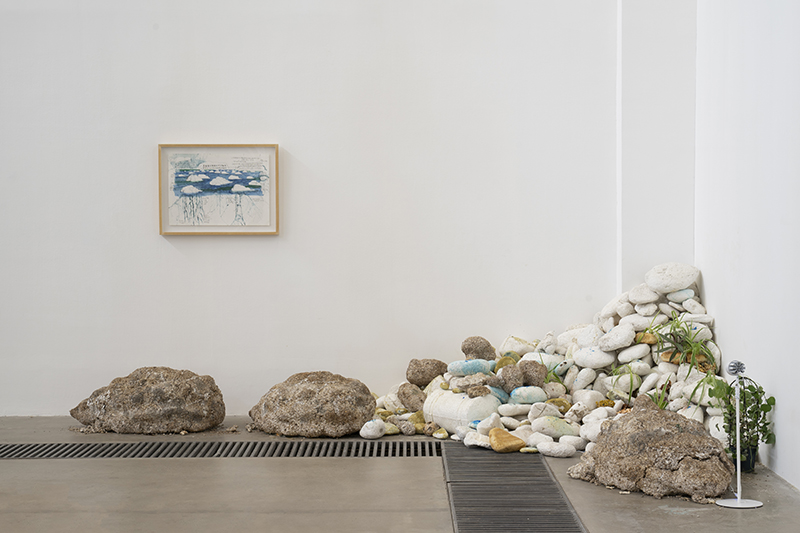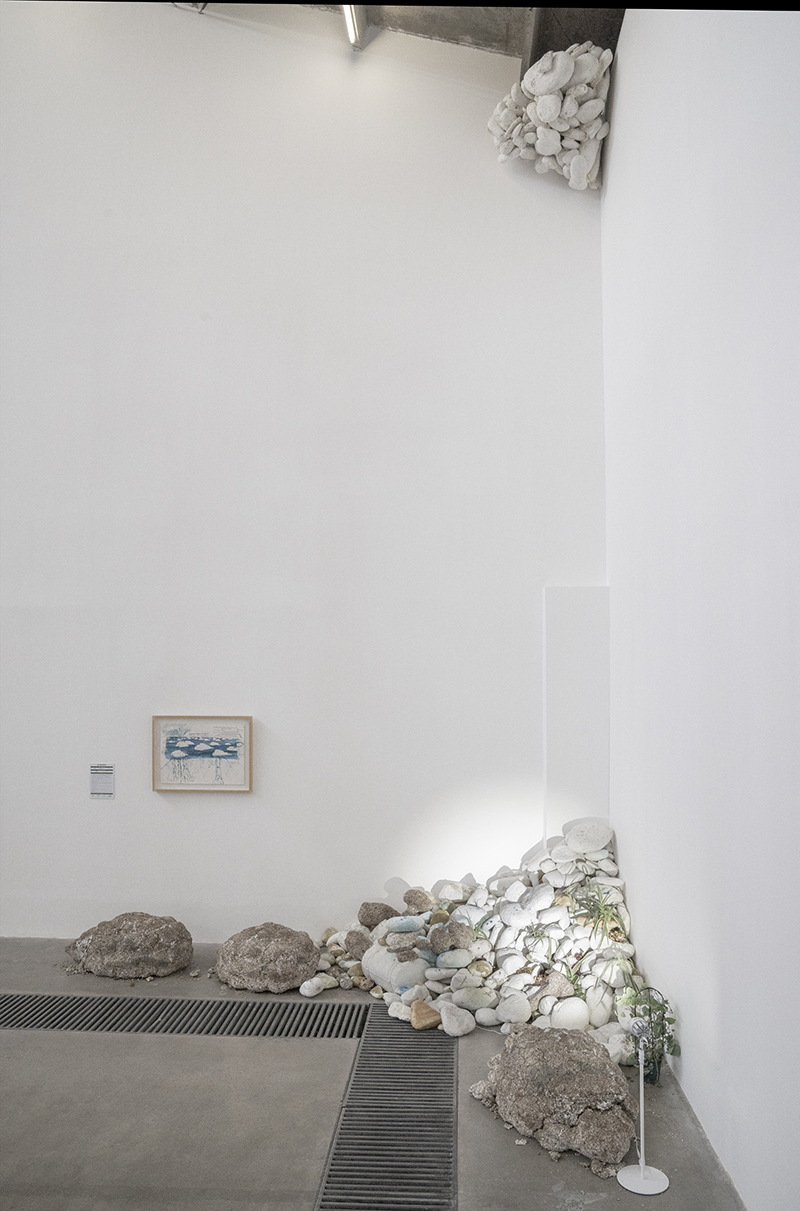 |
Floater |
||||||||||||||||||||||||||||||||||||||||||||||||||
|
Background: Polystyrene foam is a buffering material predominantly composed of polystyrene resin and various additives, including a blowing agent. It is the most widely used buffering material. Its lightweight nature, especially in its expanded form, and its low residual value make it challenging to recycle. In marine farming areas such as Dongshan , Fujian , polystyrene foam was once extensively utilized as a buoyant container for cultivating seaweed and shellfish, though it is now replaced by hollow plastic buckets. It also serves as a material to increase buoyancy on rafts, leading to significant marine pollution. The non-biodegradable fragments of polystyrene foam not only mar the marine landscape as white trash but also infiltrate the human body through seafood as microplastics. Research: We envision replacing polystyrene foam with fungal mycelium for future aquaculture suspension buckets. Mycelium, the root system of mushrooms, forms a dense network when mixed with a fungal growth substrate. By carefully selecting fungal species and reinforcing them with robust plant fibers, we can create a mycelial material that is antimicrobial, fire-resistant, insulating, and waterproof. Experiment: We will sequentially attempt bamboo weaving and mold shaping to obtain mycelium with a unique form. Once formed, the mycelium is dried to deactivate it, preventing further spore growth, thus creating a material akin to expanded polyurethane or polystyrene foam.In this experiment, we have chosen a cloud-like shape. Should the experiment be successful, we anticipate obtaining solid mycelium in cloud shapes. It could be produced during mushroom cultivation, floating on the sea surface as a substitute for polystyrene foam, used for seaweed and shellfish farming, and simultaneously creating a marine farming landscape dotted with white clouds on the sea. Production: Ovoid marine debris polystyrene foam, collected from Dongshan Mountain , accumulates at roof and ground corners like clouds, with some used for plant cultivation. Cloud-shaped mycelium floating objects, formed by weaving structures or molds, are distributed within.
|

